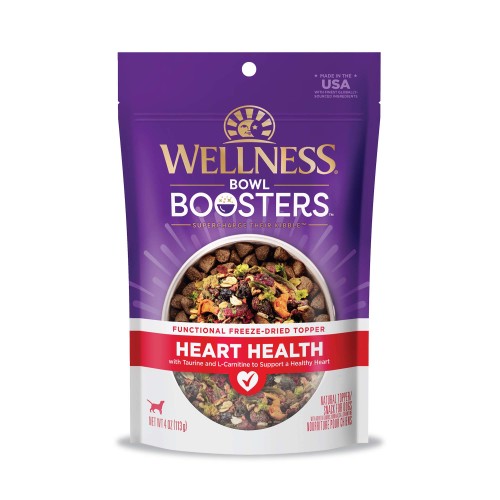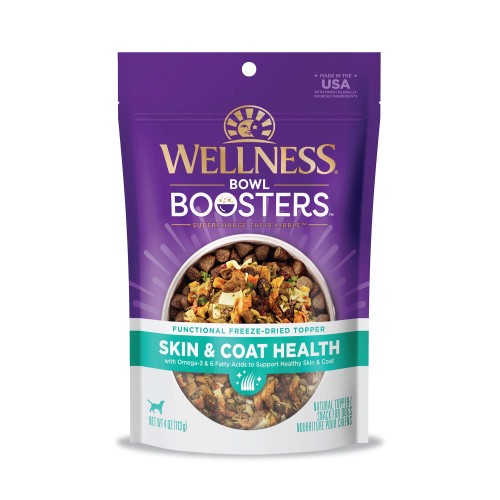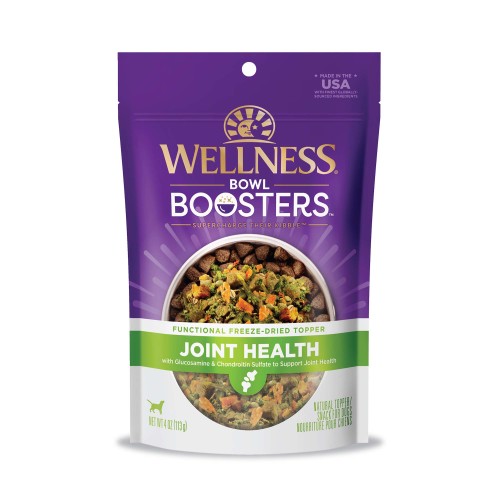September 14, 2023
Supporting Your Dog’s Dental Health
Cleaning a Dog’s Teeth With Brushing and Beyond
Now that you know how cleaning a dog’s teeth can improve their overall well-being, it’s time to explore how to keep a dog’s teeth healthy—both at home and with the help of your veterinarian.
Brushing Dog’s Teeth at Home
After a dog eats, a lot more is going on than just digestion, especially inside their mouth. Plaque—a sticky film full of bacteria that develops from a mixture of leftover food particles and saliva—builds up on teeth and under gums, which can eventually lead to tartar buildup. Plaque and tartar accumulation can lead to bad breath, discoloration of teeth, teeth sensitivity, gum recession, gum disease in dogs, dog tooth decay, and eventual loss of the tooth.
So how can you remove plaque from a dog’s teeth? Plaque can be removed with brushing, while tartar needs dental cleaning to remove. This is why brushing a dog’s teeth daily is ideal for healthy dog gums and teeth.
If you are unable to brush your dog’s teeth every day, just do the best you can! Even once or twice a week is better than not at all. While the mechanical action of brushing is the most beneficial for removing plaque and cleaning a dog’s teeth, dog-specific toothpaste with flavors that dogs enjoy, or with functional ingredients that help keep off plaque, may provide additional benefits—or at least help provide dogs with a more enjoyable experience. (Chicken toothpaste, anyone?)
Beyond At-Home Brushing
If your dog isn’t one to open wide when the toothbrush comes out, you might be wondering how to clean a dog’s teeth without brushing. Don’t worry! There are several other effective dental cleaners for dogs at home.
Water additives can be mixed into the water to help minimize plaque. Just be sure to also provide other sources of fresh clean water without additives, in case the additives impact water intake.
Dental chews can also be a fun and delicious way to clean a dog’s teeth with a similar mechanical cleaning action to brushing. The important thing to consider when looking for the best dog dental products is to select products with the Veterinary Oral Health Council (VOHC) Seal. A product with the VOHC seal means that it has gone through testing to support its dental health claims.
Products like WHIMZEES® Brushzees dog dental chews carry the VOHC seal. This means they are proven to help decrease plaque and tartar buildup, leading to better breath and healthier gums. By selecting these products, you can rest assured that you are caring for your dog’s dental health, while they simply think they’re getting a delicious treat!
Regular Cleaning With the Veterinarian
Similar to the way people go to the dentist for routine cleanings, routine dental care for dogs under anesthesia with your veterinarian is a crucial aspect in canine oral care. When your veterinarian performs dental cleanings under anesthesia, they not only remove the visible tartar and plaque, but also clean under the gumline. This is essential because many dental problems originate beneath the gums. They can also take dental x-rays and perform thorough oral exams, while making it pain-free and stress-free for your dog.
While anesthesia-free dog teeth cleanings may seem appealing, they don’t allow for thorough oral exams, and can’t clean under the gumline. They also do not allow for evaluation of the structures under the gumline with x-rays, meaning disease below the gums can be missed.
If the timing is right, one option is to couple a routine dental cleaning with another necessary procedure requiring anesthesia. Talk to your veterinarian about the best time to schedule a thorough cleaning and x-rays to see what’s happening under the gums in your dog’s mouth.
The Importance of Dental Care for Dogs
By taking proactive steps to maintain a dog’s dental health, you can significantly contribute to your pet’s overall health and happiness. Regular at-home dental care coupled with prophylactic dental cleaning with your veterinarian can help prevent or address dental diseases such as periodontal disease in dogs, gingivitis, and dog tooth decay earlier.
It’s important to tailor a dog’s oral hygiene routine to the individual dog. If brushing your dog’s teeth daily can’t be performed (or tolerated!) regularly, VOHC-approved dental chews like WHIMZEES® can easily be a part of the everyday regimen.
Daily dental care for dogs is also a good time to get a closer look at your pet’s pearly whites and regularly monitor your dog’s dental health. Seek veterinary attention if you notice any signs of dental disease in dogs, such as bad breath, swollen gums, difficulty eating, or changes in the way they eat, such as eating food only on one side of their mouth.
With the right routine, you will hopefully only see signs of health, happiness, and overall well-being—plus, the perks of a little extra daily bonding with your favorite canine companion.





